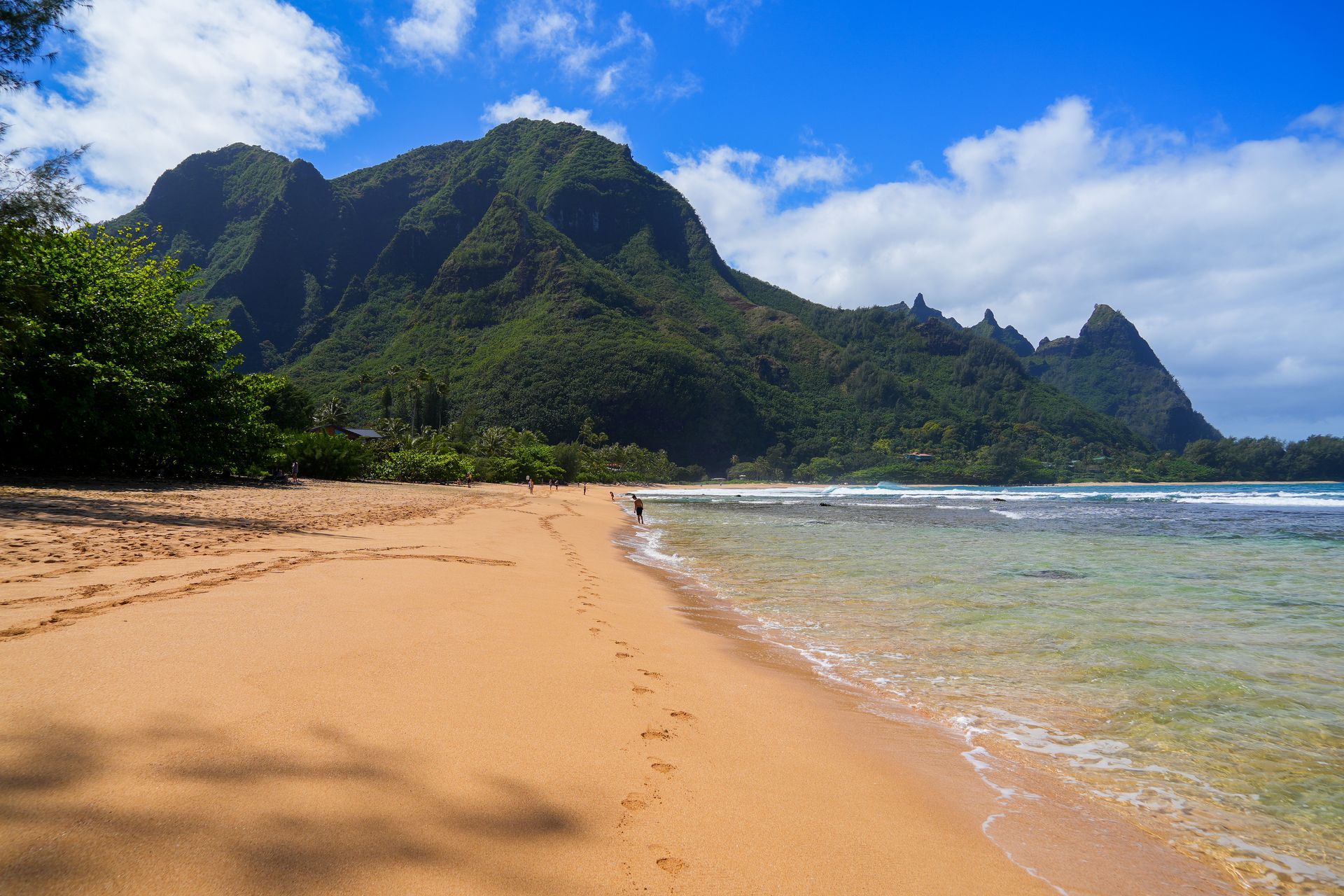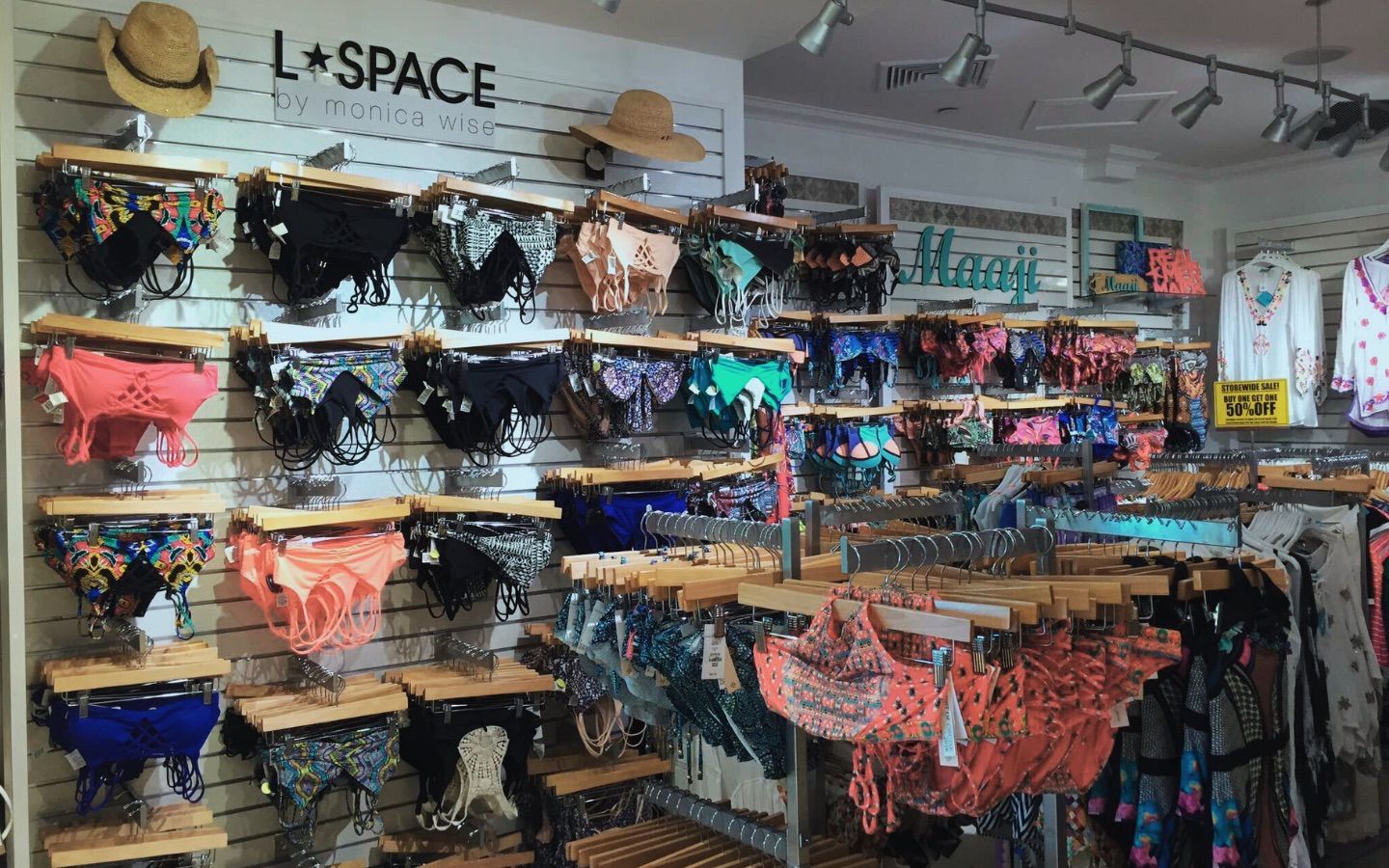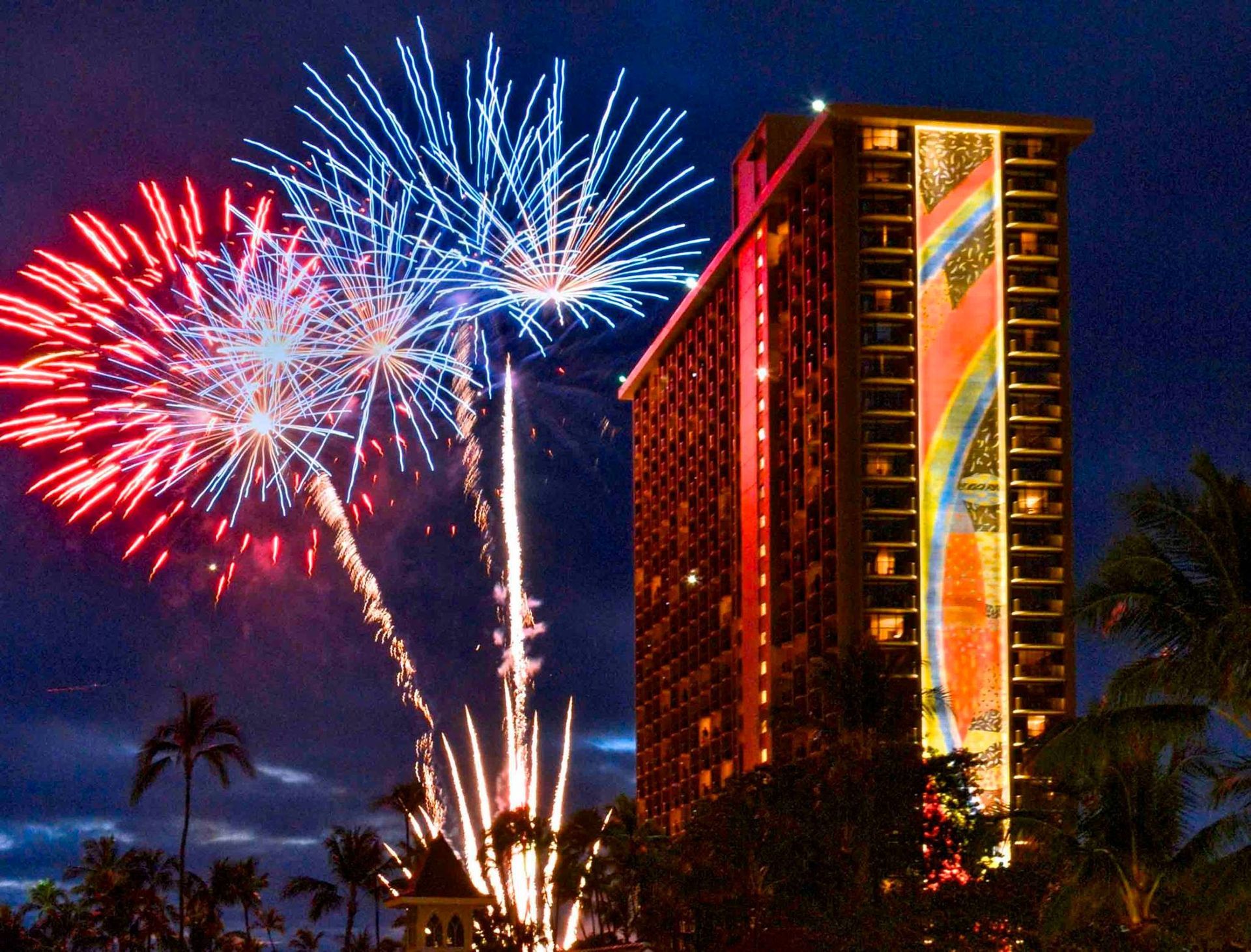The Complete Guide for Moving to Hawaii: Everything You Should Know
Table of Contents:
- Why Consider Moving to Hawaii
- Pros and Cons of Living in Hawaii
- Which Hawaiian Island is Right for You
- Cost of Living Breakdown
- Job Market and Employment Opportunities
- Education and Schools in Hawaii
- Healthcare Access and Medical Services
- The Logistics of Moving from the Mainland
- What You Should Leave Behind
- Embracing the Hawaiian Culture and Community
- Legal & Administrative Checklist
- Finding a Place to Live
- Island Hopping: Travel Between Islands
- Staying Connected with the Mainland
- Making the Move with Pets
- Sustainability and Living Off-Grid
- Frequently Asked Questions
Why Consider Moving to Hawaii?
Moving to Hawaii is a dream for many mainland Americans. With its stunning beaches, lush landscapes, and laid-back lifestyle, it’s no wonder people are drawn to this Pacific paradise. But beyond the postcard-perfect scenery, there’s a lot to consider before making such a life-changing decision. This guide dives deep into what it really takes to move to Hawaii from the mainland, including the logistics, lifestyle changes, and the hidden challenges that don’t make it into the travel brochures.
Pros and Cons of Living in Hawaii
The Benefits of Island Life
- Natural Beauty All Around
Everywhere you turn in Hawaii, you're greeted with views of the ocean, majestic volcanoes, and tropical rainforests. It’s an outdoor lover’s paradise with activities like surfing, hiking, snorkeling, and more available year-round. - A Slower, Peaceful Pace
Life in Hawaii tends to move slower than on the mainland. The emphasis on ohana (family) and aloha (love, respect, compassion) creates a strong community atmosphere. - Diverse and Welcoming Communities
Hawaii boasts a rich blend of cultures including Native Hawaiian, Japanese, Filipino, Portuguese, and more. This melting pot offers a unique opportunity to engage with diverse traditions and cuisines.
The Challenges of Living in Paradise =
- High Cost of Living
Almost everything—from groceries to housing—costs more in Hawaii. Goods are mostly shipped from the mainland, and the scarcity of space drives up property values. - Geographic Isolation
Living in Hawaii means you're over 2,000 miles from the nearest continental landmass. That affects not only travel but access to certain goods and services. - Limited Career Opportunities
Unless you work remotely or in certain sectors (like tourism, healthcare, or education), you may find job opportunities limited compared to the mainland.
Which Hawaiian Island is Right for You?
Choosing an island can make or break your Hawaiian dream. Here's a quick comparison:
| Island | Best For | Key Features |
|---|---|---|
| Oʻahu | Urban convenience | Home to Honolulu, bustling city life, job opportunities |
| Maui | Balance of town and country | Great for families and retirees, stunning beaches |
| Big Island (Hawaiʻi) | Space and nature lovers | Diverse climates, affordable land |
| Kauaʻi | Laid-back lifestyle | Most rural, lush and scenic |
Cost of Living Breakdown
Housing Market Realities
Rent for a one-bedroom apartment can range from $1,200 to $2,500, depending on the island and neighborhood. Home prices are steep, often exceeding $700,000 even for modest properties. Inventory is limited, and bidding wars are common.
Everyday Expenses
- Groceries: Expect to pay 30–70% more than mainland prices.
- Gasoline: Around $5–$6 per gallon.
- Utilities: Averaging $300/month, higher if you use air conditioning regularly.
- Taxes: Hawaii has a general excise tax (GET) rather than a traditional sales tax, which affects goods and services.
Job Market and Employment Opportunities
Hawaii's economy is heavily shaped by its geographic isolation, tourism-dependent structure, and limited industrial diversity. However, opportunities do exist—especially for those who come prepared with in-demand skills or a flexible work arrangement.
Key Industries in Hawaii
- Tourism and Hospitality
As Hawaii's primary economic driver, tourism supports a wide array of roles in hotels, restaurants, tour operations, transportation, and event planning. Positions range from front-line service jobs to management roles in large resorts and travel corporations. - Education
The Hawaii Department of Education is the only single-district school system in the U.S., and it consistently needs qualified teachers, counselors, and administrative staff. Special education and STEM educators are in particularly high demand. The University of Hawaiʻi system also offers roles in higher education and research. - Healthcare
Healthcare workers are in strong demand, especially in rural areas and on the neighbor islands. Nurses, medical technicians, physical therapists, and mental health professionals often find employment quickly. Organizations like Kaiser Permanente and Queen’s Health Systems are among the top healthcare employers. - Military and Government
Hawaii hosts several large military bases, including Pearl Harbor and Schofield Barracks. The Department of Defense is a significant employer, both directly and through civilian contractor positions. State and county government jobs offer stability and benefits, although competition can be stiff. - Agriculture and Environmental Work
There are opportunities in organic farming, aquaculture, conservation, and land stewardship, especially on the Big Island and Kauaʻi. These jobs often appeal to individuals interested in sustainability and environmental restoration.
Remote Work and Digital Nomadism
Since the COVID-19 pandemic, remote work has become increasingly popular and accessible. Hawaii even launched initiatives like “Movers & Shakas” to attract remote workers willing to contribute to the community.
Advantages of Remote Work in Hawaii:
- No commute—saving time and cost.
- Beautiful, inspiring surroundings.
- Flexible scheduling if working with mainland time zones.
Challenges to Consider:
- Time Zone Differences: Hawaii Standard Time (HST) is 2–6 hours behind the mainland. This can be a problem for early meetings or synchronous work with East Coast teams.
- Internet Infrastructure: Most areas have reliable service, but remote regions may lack high-speed connectivity.
- Employer Policies: Some companies restrict employment to workers residing in specific states or within the continental U.S. This is often due to tax, legal, or insurance reasons—so always confirm with HR before the move.
Entrepreneurship and Gig Economy
Hawaii's tight-knit communities and localized economies offer unique opportunities for small business ventures. Entrepreneurs often thrive in niches such as:
- Surf and dive instruction
- Food trucks and cafes
- Eco-tourism or guided hiking services
- Online businesses or digital services
The gig economy is also active. Platforms like TaskRabbit, Instacart, and Uber Eats operate on most islands, and local alternatives often exist for freelance work and home services.

Education and Schools in Hawaii
Education in Hawaii is unique compared to the mainland, primarily due to its centralized structure. Understanding the landscape of schooling options is essential for families planning the move.
Public Education: A Single Statewide System
Hawaii is the only U.S. state with a unified, statewide public school system—the Hawaii Department of Education (HIDOE). This means that rather than operating by county or city, all public schools fall under the same umbrella.
Key Characteristics:
- There are over 250 public schools spread across all major islands.
- Curriculum and funding are standardized across the state.
- School quality can vary significantly depending on geographic location, leadership, and community support.
Urban vs. Rural Divide:
- Schools in urban areas like Honolulu (Oʻahu) tend to be better resourced and offer more extracurriculars and advanced coursework.
- Schools on the neighboring islands or in rural areas may face challenges like outdated facilities, teacher shortages, and limited program offerings.
Magnet and Charter Schools:
- Hawaii offers a growing number of charter schools, many of which focus on Hawaiian culture, language, or STEM.
- Magnet schools provide specialized programs (e.g., performing arts, technology) and may require an application process.
Private Schools in Hawaii
Private education is a popular choice for families seeking smaller class sizes or specialized programs. However, tuition costs can be substantial.
Notable Private Schools:
- Le Jardin Academy: Hawai‘i’s only International Baccalaureate (IB) World School for grades PK-12, Le Jardin Academy develops globally-minded, caring individuals who are empowered to become impactful future leaders in their communities and in the world.
- Punahou School (Honolulu): One of the most prestigious K-12 institutions in the U.S., known for its rigorous academics and notable alumni.
- ʻIolani School: A top-ranked college preparatory school offering a challenging curriculum and a strong athletic program.
- Kamehameha Schools: A unique private institution that prioritizes Native Hawaiian students, offering cultural immersion alongside standard academics.
Tuition and Financial Aid:
- Annual tuition ranges from $8,000 to over $25,000, depending on grade level and school reputation.
- Many schools offer financial aid and scholarships, especially for Native Hawaiian students or families demonstrating financial need.
Homeschooling in Hawaii
Homeschooling is increasingly popular, particularly among families on the Big Island, Maui, and Kauaʻi seeking alternative educational experiences.
Requirements:
- Parents must submit a notice of intent to homeschool to their local school district.
- An annual progress report is required, which can be a standardized test score, portfolio, or written evaluation.
- Curriculum choices are flexible, though parents are encouraged to meet state benchmarks.
Community Resources:
- Local homeschool groups offer co-ops, enrichment classes, field trips, and social events.
- Some families supplement learning with online programs or part-time enrollment in public/private schools for electives.
Post-Secondary Education
Hawaii is home to a range of higher education options:
- University of Hawaiʻi System: Includes 10 campuses, with UH Mānoa in Honolulu as the flagship. Offers undergraduate, graduate, and professional degrees.
- Hawaiʻi Pacific University and Chaminade University are private institutions offering diverse academic programs.
- Community colleges on each major island offer associate degrees, certification programs, and affordable pathways to four-year universities.
Things to Consider for New Residents
- Zoning Matters: In public schools, your address determines your child’s assigned school. Choose your neighborhood wisely if school quality is a priority.
- Waitlists for Private Schools: High-demand schools fill up fast. Apply early and prepare for interviews or placement tests.
- Transportation: School bus availability can be limited in rural areas, and many parents drive their children or carpool.
- Cultural Integration: Hawaiian culture is deeply woven into education. Children will likely learn about the Hawaiian language, history, and respect for land (mālama ʻāina), enriching their cultural awareness.
Healthcare Access and Medical Services
Healthcare in Hawaii is generally accessible and of high quality in urban areas, particularly on Oʻahu, but access can be challenging on more rural islands. Understanding the healthcare system is essential for anyone planning to relocate from the mainland.
Healthcare in Urban Centers
Honolulu (Oʻahu) is home to Hawaii’s largest and most advanced medical facilities. These include:
- The Queen’s Medical Center: The largest private hospital in Hawaii, offering trauma care, cancer treatment, heart surgery, and more.
- Kapiʻolani Medical Center for Women & Children: The state’s leading facility for pediatric and maternity care.
- Straub Medical Center, Pali Momi, and Kuakini Medical Center: Provide comprehensive care ranging from diagnostics to specialty services.
Residents of Oʻahu have access to most types of medical care without the need to travel.
Medical Services on Neighbor Islands
While the outer islands (Maui, Big Island, Kauaʻi, Molokaʻi, and Lānaʻi) have hospitals and clinics, they may not have specialists or advanced care options. For example:
- Maui Memorial Medical Center and Hilo Medical Center offer general care and basic surgical services.
- Specialty care such as oncology, neurology, or complex surgeries may require a trip to Oʻahu.
- Emergency air transport is available but can be expensive if not covered by insurance.
Health Insurance in Hawaii
Hawaii has a strong employer-mandated health insurance system under the Prepaid Health Care Act, which requires employers to provide coverage for employees working 20 hours or more per week.
Popular Insurance Providers:
- HMSA (Hawaii Medical Service Association): The most widely accepted Blue Cross Blue Shield affiliate in Hawaii.
- Kaiser Permanente: Offers comprehensive care through its network of clinics and hospitals across the state.
- UHA and AlohaCare: Additional options offering coverage for specific needs, including Medicaid and low-income families.
What to Consider:
- Check for Inter-Island Coverage: Many plans offer assistance with inter-island medical travel, especially for appointments with specialists not available on your home island.
- Air Ambulance Services: Some private providers (e.g., AirMed or Life Flight) offer membership plans to offset emergency transport costs.
Telemedicine and Remote Healthcare
Telehealth has grown rapidly across the islands, especially post-pandemic. Many providers now offer:
- Virtual consultations
- Mental health therapy sessions
- Remote monitoring for chronic conditions
Telehealth is particularly beneficial for residents in rural or remote areas where seeing a specialist might otherwise involve costly travel.
Challenges to Be Aware Of
- Appointment Wait Times: Due to provider shortages, especially in family medicine and behavioral health, wait times for non-urgent visits can be long.
- Specialist Scarcity: Certain specialists (e.g., dermatologists, neurologists, oncologists) may only be based on Oʻahu, requiring travel from other islands.
- Prescription Drug Access: Pharmacies are available statewide, but specific medications may need to be ordered in advance due to shipping times.
Senior Care and Assisted Living
Hawaii is a popular destination for retirees, but long-term senior care options are somewhat limited, especially outside Honolulu.
- Nursing homes, memory care facilities, and assisted living communities are available, but often have waitlists.
- In-home caregiving services are growing, and many families opt for multigenerational living arrangements.
Alternative and Holistic Health
Hawaii’s multicultural environment supports a thriving community of holistic and alternative health providers, including:
- Acupuncture and traditional Chinese medicine
- Lomi Lomi (Hawaiian massage)
- Herbal medicine and naturopathy
These are widely accepted in the local wellness culture, although they may not be covered by insurance.
The Logistics of Moving from the Mainland
Shipping Your Belongings
Expect to pay $5,000–$10,000 to ship a full household from the mainland via container. Many people downsize and ship only essentials.
Should You Ship Your Car to Hawaii?
Shipping a car costs around $1,000–$1,500. It might be worth it if your vehicle is newer and in good condition. Car prices in Hawaii are inflated, and selection is limited.
What You Should Leave Behind
Skip bulky furniture unless it holds sentimental value. Climate-inappropriate items like heavy winter coats or large appliances that don’t work with Hawaiian voltage standards aren’t worth the space or cost.
Embracing the Hawaiian Culture and Community
Get involved in local events and respect cultural norms. Learn a few Hawaiian words, understand traditions like aloha spirit, and always respect the land (āina). Building relationships with locals will enhance your experience tremendously.
Legal and Administrative Checklist
- Change your driver’s license and vehicle registration within 30 days.
- File a change of address with USPS and notify your banks and government agencies.
- Check how your state taxes change when you move (Hawaii has a state income tax).
Finding a Place to Live
Whether you're looking for a long-term rental or purchasing property, finding housing in Hawaii requires strategy and patience.
- Start with a Short-Term Rental
It’s highly recommended to rent short-term for the first 3–6 months. This gives you time to explore different neighborhoods, adjust to island life, and avoid rushing into an expensive or ill-suited housing commitment. - Explore Local Resources
Use platforms like Craigslist Hawaii, Zillow, and Facebook Marketplace, but also consider working with a local realtor who understands the nuances of the local housing market. - Understand Local Zoning and Land Use
On outer islands especially, properties may be off-grid or zoned for agriculture, which could come with restrictions. Familiarize yourself with County zoning laws and building codes if you're planning to build or remodel.
Island Hopping: Travel Between Islands
Even though the Hawaiian Islands are close in distance, traveling between them isn't always cheap or simple.
- Inter-Island Flights: Hawaiian Airlines, Southwest Airlines, and Mokulele Airlines provide regular service. Prices vary from $60 to $150 per leg.
- Ferry Options: Currently, there's only one ferry between Maui and Lānaʻi.
- Cost Consideration: Frequent inter-island travel adds up quickly, so it’s worth considering how important this is to your lifestyle.
Many residents rarely island-hop unless it’s for business or special occasions due to time and cost constraints.
Staying Connected with the Mainland
Living in Hawaii means being farther from friends, family, and some services. Here’s how to stay connected:
- Flights to the Mainland: Regular flights to the West Coast (especially L.A., San Francisco, and Seattle) make visits feasible, though pricey.
- Shipping Packages: Amazon Prime works well, but not all items qualify for free or fast shipping.
- Communication: Most major cell carriers work well, and time zone differences (2–6 hours behind the mainland) need to be considered for work and calls.
Making the Move with Pets
Hawaii is rabies-free, which means strict rules for bringing pets.
- Pet Quarantine Program
Hawaii requires a 120-day or a 5-day-or-less quarantine program. The latter requires microchipping, multiple vaccinations, and paperwork submitted months in advance. - Airlines and Pet Policies
Only certain airlines accept pets on flights to Hawaii. Make sure you understand crate sizes, temperature restrictions, and breed limitations. - Local Pet Services
Once you’re here, you’ll find plenty of veterinarians and pet-friendly housing—especially on neighboring islands.
Sustainability and Living Off-Grid
Living off-grid isn’t just possible in Hawaii—it’s increasingly popular, especially on the Big Island and parts of Maui.
- Solar Power Systems: Hawaii gets tons of sun, making solar a practical energy solution. Batteries and inverters can be pricey, but tax incentives help.
- Catchment Water Systems: Rainwater collection is common, especially in Puna and Hilo.
- Gardening and Homesteading: The climate supports year-round gardening, making it easier to grow your own fruits and vegetables.
It’s worth noting that off-grid living requires maintenance, self-sufficiency, and knowledge of sustainable practices.
Frequently Asked Questions
Is it really that expensive to live in Hawaii?
Yes, especially when it comes to housing and groceries. You can mitigate costs by living simply, growing your own food, and shopping locally.
Should I ship all my furniture and belongings?
Not usually. Shipping is costly, and homes in Hawaii are often smaller. Bring only essentials or high-value items.
Can I work remotely from Hawaii?
Yes, but confirm with your employer. Some companies have geographic limitations for tax or logistical reasons.
How long does it take to adjust to island life?
It varies. Some adjust in weeks, while others need months. Island life is slower, more community-focused, and comes with unique challenges.
Is healthcare accessible?
In general, yes—especially on Oʻahu. Rural islands may lack specialists, so residents sometimes travel inter-island for advanced care.
Do I need to know Hawaiian to live there?
No, English is the primary language, but learning basic Hawaiian words and understanding local customs shows respect and helps you integrate better.










